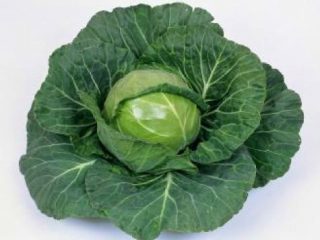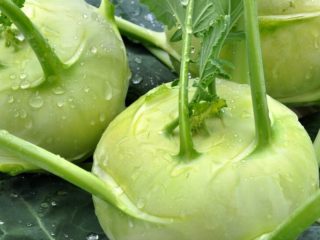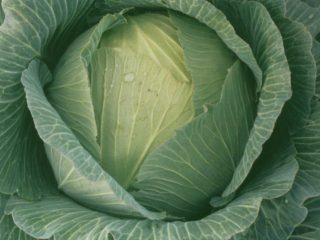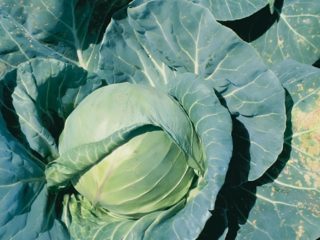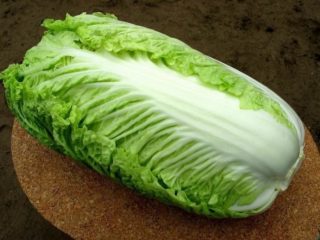Content
It is best to store Chinese cabbage in basements or cellars. Here it is possible to maintain a constant temperature in the range of 0-2 degrees, as well as a high level of humidity at around 95%. It is in these conditions that the heads of cabbage are stored for 3-4 and even 5-6 months. They should be inspected periodically for rot or dryness.
Which Chinese cabbage is best stored?
Since it is not very easy to preserve the Chinese cabbage harvest for a long time, it is necessary to be more careful in choosing the variety. The following varieties are best suited for winter storage: Glass, Russian size, Asten, Princess, Vorozheya, Half-headed, Kudesnitsa.
If we formulate a general rule, then it is better to choose hybrids. Moreover, it is of Russian origin. Western varieties are adapted to milder climates and are not suitable for long-term storage.
Preparation for storage
To preserve Chinese cabbage leaves well, you need to harvest the crop on time. Each variety has its own ripening conditions. As a rule, for home preparations for the winter, harvesting is carried out in September, when the first frosts have not yet arrived.
Do not tighten it too much - otherwise the leaves will become withered. Even if the heads of cabbage could still grow, but a strong cold snap is expected, the root crops must be urgently collected from the beds.
After harvesting, you need to carefully inspect the Chinese cabbage. To ensure long-term storage, it is necessary to select heads of cabbage that meet the following requirements:
- fully ripe, without wilted foliage;
- dense in structure;
- with uniform coloring;
- no signs of insect damage;
- no plaque, stains or other signs of disease.
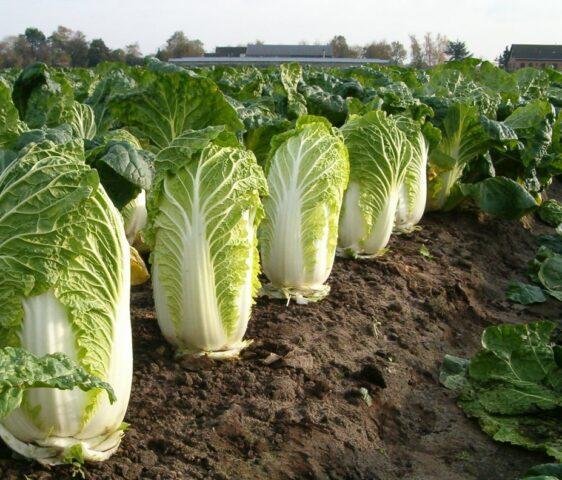
No special preparation for storage is required - just remove rotten, obviously spoiled leaves
Storage conditions
The most important parameter for keeping Chinese cabbage is temperature:
- In the range from -3 to +3 degrees, the shelf life is only two weeks.
- In the range from 0 to +2 degrees, heads of cabbage can be stored for up to three months.
- If the temperature is above +4, then the heads of cabbage will begin to germinate over time. Therefore, the shelf life is no more than a week.
- If you put Chinese cabbage in the freezer, you can store it for more than three months.
The second important indicator is humidity. Heads of cabbage lie well only in damp conditions - the optimal figure is 95%. If it is noticeably lower, the leaves will wither and lose their juiciness. If the room is so humid that condensation forms, the leaves will rot.
Finally, another important storage condition is air circulation. The room must be constantly ventilated to prevent moisture stagnation. During storage, direct sunlight should be avoided - to do this, Chinese cabbage can be covered with a thick cloth.
How to properly store Chinese cabbage
For storage, you can choose several options, for example, keep it in a regular refrigerator or freezer. When choosing a specific method, it is necessary to determine the maximum permissible deadlines. It will also be necessary to maintain optimal conditions.
How to keep Chinese cabbage fresh longer in the refrigerator
If the temperature does not fall below 0 degrees, but does not rise above +2, the shelf life of Chinese cabbage in the refrigerator is up to three months. However, the acceptable temperature range in the freezer is usually 2-6 degrees Celsius. Under such conditions, the shelf life is reduced to 3-4 weeks.
To preserve vegetables for as long as possible, it is recommended to follow these tips:
- Carefully wrap the head of cabbage in cling film. Two layers are enough. It is important that it fits tightly to the surface.
- Provide air access - leave a small hole in the top, do not wrap the head of cabbage completely.
- Do not place vegetables next to bananas and apples - they emit ethylene, which has a bad effect on both the condition and taste of the leaves.
- It is important to dry the heads of cabbage first. Otherwise, they will quickly rot even in the refrigerator. If there are a few drops of moisture, the foliage will inevitably begin to deteriorate within a few days.
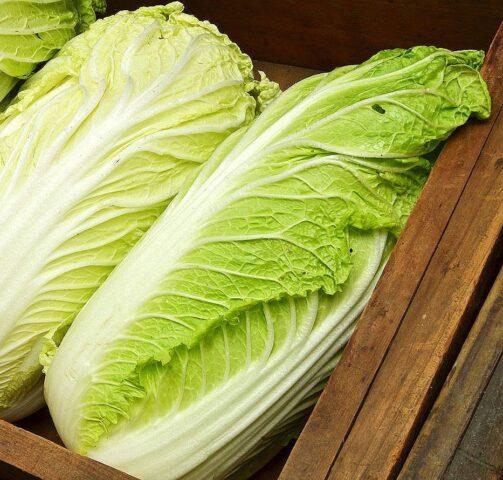
Chinese cabbage can be stored in the refrigerator for no more than three months.
In the freezer
Another way to store Chinese cabbage for the winter is in the freezer at a temperature of -18 degrees or below. This is the best option that allows you to save leaves for as long as possible. If you do not allow them to defrost, they will last at least 2-3 months. And if the temperature is consistently low, the shelf life will be up to 4-5 months.
To prepare in this way, it is recommended to proceed as follows:
- Trim off the outer leaves.
- Finely chop the rest.
- Pack into bags.
- Deflate and bandage thoroughly.
- Place in the freezer.
Another option is to separate the leaves and wrap each of them in cling film to ensure complete sealing. But this is a more labor-intensive method that is not suitable for storing large quantities of crops.
At room temperature
If the harvest is very large, it is permissible to first hold the heads of cabbage at room temperature. But the maximum shelf life under such conditions is one day. After this, you need to start preparing it, for example, put it in the freezer or ferment it for further storage.
On the balcony
On the balcony, heads of cabbage can be stored either whole or chopped or divided into leaves (if packaged in bags).In this case, the maximum shelf life is six months if the temperature is in the range of 0-2 degrees. It is not always possible to ensure this, so the heads of cabbage should be inspected periodically. You need to make sure that there are no rotten or frostbitten areas.
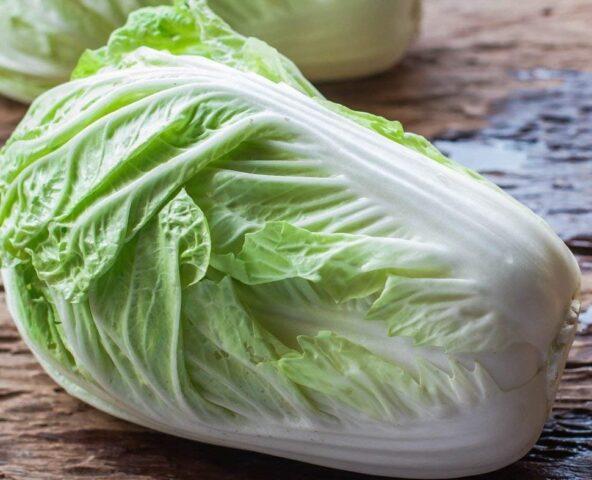
When storing on a balcony, it is especially important to ensure darkness
Access to direct sunlight must be excluded.
Storing Chinese cabbage in the cellar
Chinese cabbage can also be preserved in the cellar for up to six months, if the optimal temperature regime is ensured (0-2 degrees). The humidity here is quite good due to the proximity of the soil. Therefore, the cellar can be considered the most successful place for storage.
To extend the period, it is recommended to organize storage in boxes:
- Prepare a wooden container and pour wet sand into the bottom.
- Dig up the heads of cabbage along with the roots and bury them in the sand.
- Place in a cellar or other cool room.
- Periodically moisten the sand, but exclude direct sunlight (darkening can be complete or partial).
Other options
There are other ways to store Chinese cabbage that can be used at home. These include: drying, sourdough, salting and pickling. Step-by-step instructions for each method are described below.
Drying
Drying is a relatively simple method of preparation, which allows you to preserve the vitamins and other beneficial substances found in Chinese cabbage to the maximum. For these purposes, it is most convenient to use an electric dryer. The sequence of actions is as follows:
- Remove outer leaves if they are dry or damaged.
- Cut all the rest into small strips.
- Spread in one layer.
- Place in the dryer, setting the temperature in the range of 50-60 degrees.
- Let dry for five hours.
- Place in bags and store in a cool place or leave at room temperature.
Leaven
Like the usual white cabbage, Chinese cabbage can be fermented. To prepare the preparation for the winter, take several ingredients in the following quantities:
- cabbage – 1.5 kg;
- garlic – 6 cloves;
- red pepper – 4 tbsp. l.;
- salt – 150 g;
- water – 2 l;
- sugar – 1 tsp.
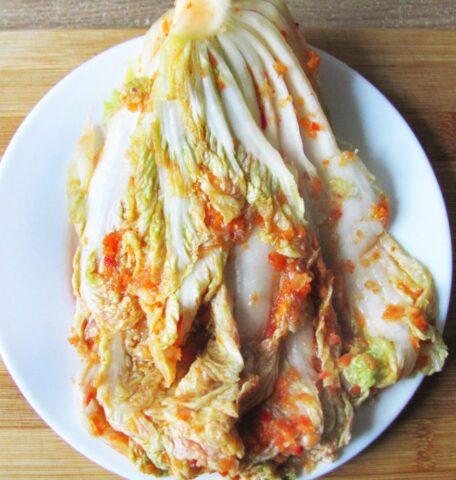
Pickled Chinese cabbage is also called kimchi.
Cooking algorithm:
- Remove the top leaves.
- Cut the heads of cabbage into quarters lengthwise.
- Bring water to a boil and dissolve salt.
- Pour the brine over the quarters.
- Cover with a plate and leave overnight in brine.
- Mix pepper (4 tbsp) with finely chopped garlic cloves and sugar.
- Rub the resulting pulp into the cabbage (put on gloves first).
- Place in glass jars and fill with brine. Roll up the lids. To ensure long-term storage of Chinese cabbage, containers are pre-sterilized. Without fulfilling this point, winter preparations may ferment.
Salting and marinating
For better storage, Chinese cabbage can be salted for the winter. The recipe requires only three ingredients:
- cabbage – 3 kg;
- salt – 300 g;
- water – 1 l.
The cooking process is quite simple. You need to do this:
- Separate the lower leaves of Chinese cabbage.
- Cut in half lengthwise.
- Prepare a strong brine.
- Place in a container and press down with pressure.
- Wait seven days.
- Further storage in the refrigerator is acceptable. If you put the heads of cabbage in sterilized jars and roll them up, you can keep them for up to 3-4 months.
Another option is pickling Chinese cabbage for the winter. This recipe contains the following products:
- cabbage – 500 g;
- water – 0.5 l;
- hot chili pepper – 1 pod;
- salt – 3 tbsp;
- vinegar 9% – 0.5 cups (100 ml);
- sugar – 2 tbsp. l.
Cooking instructions:
- For better storage, cut Chinese cabbage into strips.
- Prepare the marinade - dissolve sugar, vinegar and salt in boiling water.
- Sterilize the jars, add cabbage and chili peppers.
- Pour marinade over and roll up.
- Turn over, cover with a blanket and wait until completely cool.

Pickled cabbage is suitable as a side dish or cold appetizer.
Common mistakes
Storage conditions for cabbage are quite simple, but it is important to maintain temperature and humidity within a narrow range. However, in practice, errors may occur due to which the product may deteriorate. The most common of them are:
- When storing Chinese cabbage in the freezer, it can no longer be re-frozen. After the leaves have sat and thawed, they should be eaten immediately or at most the next day.
- When storing dried leaves, polyethylene bags are often used. Although it is best to take products made from natural fabric that allow air to pass through well.
- If you chop cabbage, you need to store it either in the freezer or send it for pickling or pickling. The fact is that in this form the product loses too much moisture, and it’s definitely not worth keeping it just in a bag in the refrigerator.
Recommendations
To ensure maximum shelf life of Chinese cabbage, it is recommended to follow these practical tips:
- If you store heads of cabbage, then you cannot remove the limp, wilted foliage. On the contrary, Chinese cabbage is stored even better in it. The surface layer will serve as a natural “packaging”.
- Even if all storage conditions are provided, it is recommended to periodically inspect the heads of cabbage and turn them over to avoid the appearance of rot.
- If the cabbage begins to wilt, this is quite normal. This product is completely shelf-stable, but should be consumed faster.
- To preserve whole heads of cabbage for as long as possible, it is better to put them in a basement or cellar. Moreover, it is advisable to wrap each one in a paper bag or newsprint.
Conclusion
You can store Chinese cabbage in different ways. If there is an insulated balcony, the heads of cabbage are kept there. It is advisable to “plant” them in wet sand, placed in boxes. If the harvest is large and there is little space, the cabbage can be pickled, pickled or fermented.

